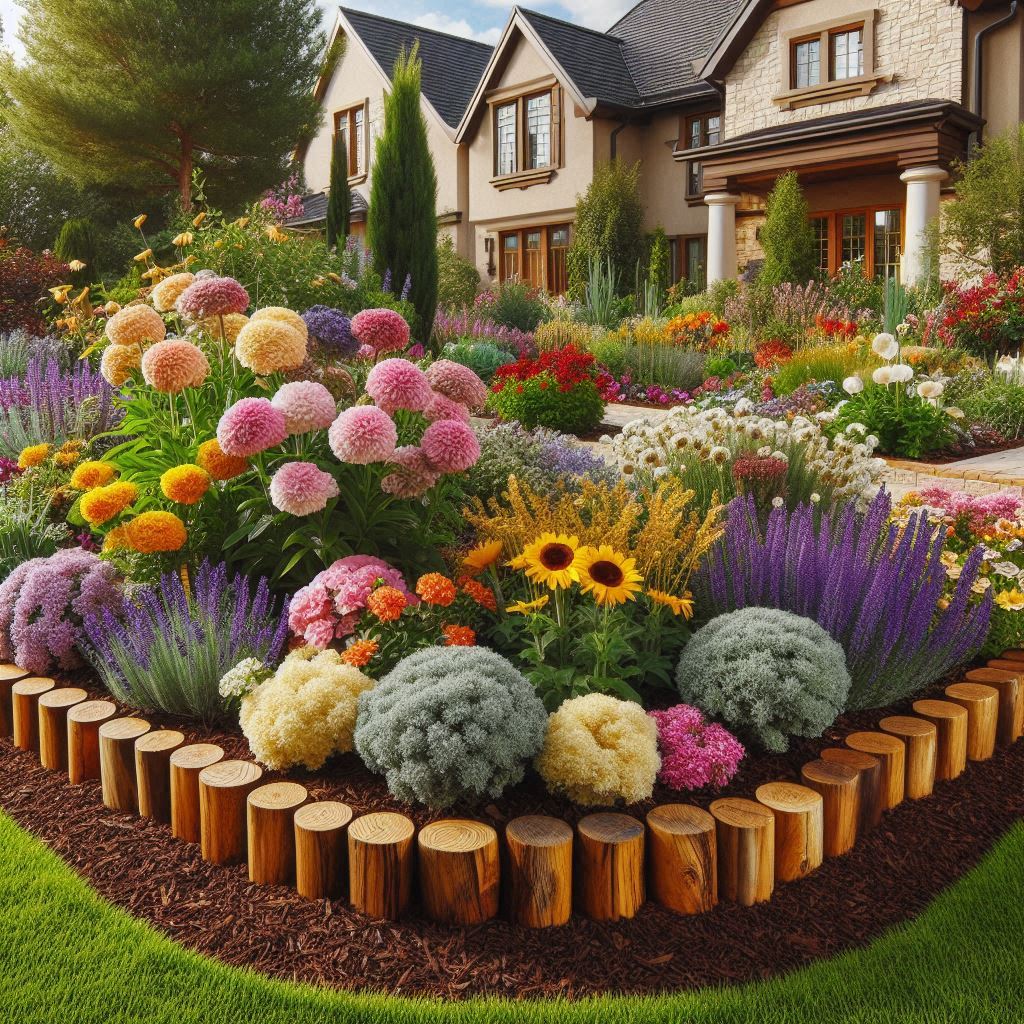The vibrant blooms and delightful scents of a flourishing flowerbed are always a delight. But lurking beneath that beauty lies a constant battle – the never-ending fight against weeds. Those pesky invaders steal nutrients and water from your precious flowers, hindering their growth and ruining the overall aesthetic.
Don’t let weeds steal the joy from your summer garden! Here are 13 powerful tips to keep your flowerbeds weed-free all season long, allowing your flowers to thrive and your garden to shine.
Tip #1: Start Strong in Spring

Spring is the prime time to set the stage for a weed-free summer. Before the summer heat arrives, it’s crucial to tackle any existing weeds in your flowerbeds. This doesn’t just mean pulling them out – it means getting rid of the entire root system.
Think of a weed as an unwelcome guest crashing your flower party. You wouldn’t just shoo them away, would you? You’d want them completely removed, right? The same goes for weeds. A stubborn taproot left behind can easily sprout a new weed later, so ensure thorough removal.
Here are some strategies for effective spring weed removal:
- Hand-pulling: This is a great option for smaller flowerbeds or scattered weeds. Get down low and gently pull the weed straight up, aiming to remove as much of the root as possible. Use a weeding fork for stubborn weeds with deep taproots.
- Weed wrenches: These handy tools are designed to grip the weed at its base, allowing you to easily remove the entire root system, perfect for taprooted weeds like dandelions.
- Organic herbicides: Consider using a corn gluten meal-based herbicide in early spring before your flowers emerge. This natural product acts as a pre-emergent herbicide, preventing weed seeds from germinating in the first place.
Tip #2: The Power of Mulch
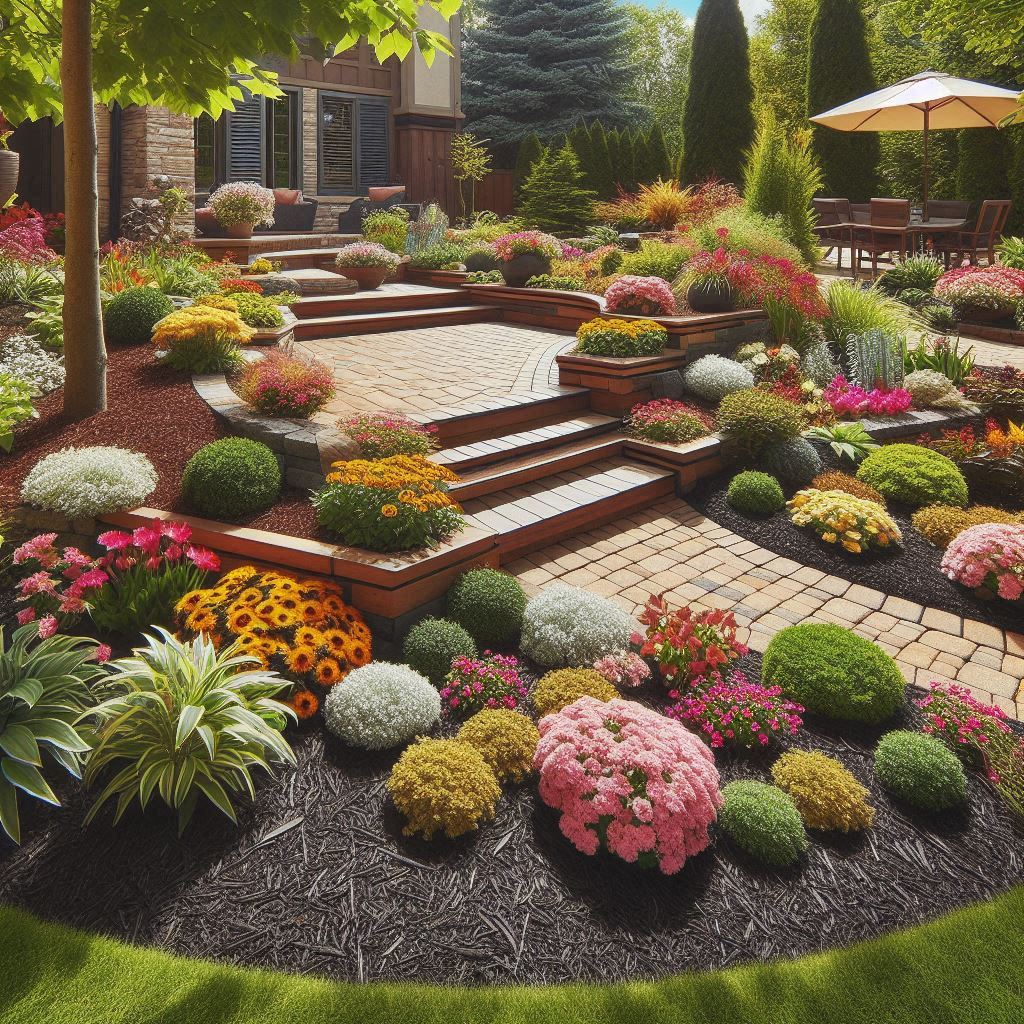
Mulch is your flowerbed’s superhero, acting as a powerful barrier against weed seed germination. It works by creating a physical barrier that prevents sunlight from reaching the soil surface, a crucial factor for weed seed germination. But mulch offers more benefits than just weed suppression:
- Moisture retention: Mulch helps retain moisture in the soil, reducing the need for frequent watering and promoting healthy plant growth.
- Soil temperature regulation: A layer of mulch helps moderate soil temperature, keeping it cooler in the summer and warmer in the winter, which benefits your plants.
- Erosion control: Mulch helps prevent soil erosion from wind and rain, keeping your flowerbed looking neat and tidy.
Choosing the Right Mulch:
There are various types of mulch available, each with its own advantages:
- Wood chips: A classic choice, wood chips offer a natural look and excellent weed suppression. However, they decompose slowly and may require replenishment more often. Opt for hardwood chips over softwood, as softwood chips can acidify the soil over time.
- Bark: Similar to wood chips, bark offers good weed control and a natural aesthetic. Choose shredded or nugget bark for flowerbeds, as large pieces of bark can be visually overpowering.
- Shredded leaves: A readily available and budget-friendly option, shredded leaves offer good weed control and decompose quickly, adding nutrients to the soil. However, they may require more frequent replenishment.
- Straw: Straw is an excellent choice for vegetable gardens but not ideal for flowerbeds. It decomposes very quickly and can harbor weed seeds.
Applying Mulch Effectively:
Here are some key things to remember when applying mulch:
- Timing: Apply mulch after the soil has warmed up in spring and after any danger of frost has passed.
- Thickness: Aim for a 2-3 inch layer of mulch around your plants. Avoid over-mulching, as this can smother plants and prevent proper air circulation.
- Keeping it away from stems: Leave a few inches of bare soil around the base of your plants to prevent moisture buildup and potential stem rot.
Tip #3: Plant Density is Your Friend
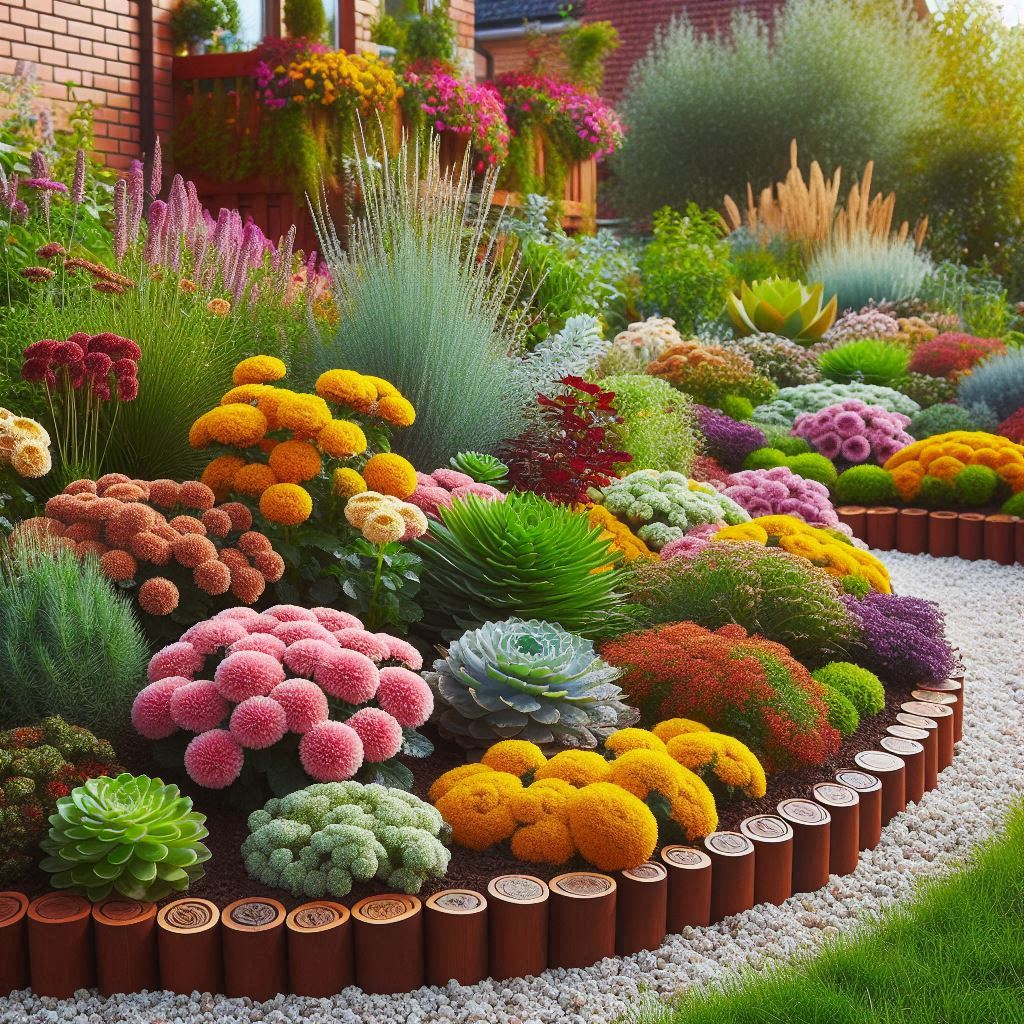
Think of your flowerbed as a competition for space and resources. The more densely planted your flowerbed is with desirable plants, the less space and sunlight there is for unwanted weeds to thrive. Here are some strategies to maximize plant density:
- Planting close together: When planting new flowers, follow the recommended spacing guidelines but consider planting slightly closer together to create a fuller look sooner.
- Staggered planting: Plant taller flowers at the back and shorter ones in the front, filling in any gaps between plants. This creates a layered effect and utilizes the entire space in the flowerbed.
- Companion planting: Certain plants have beneficial relationships with each other. Research companion plants that can deter weeds, attract beneficial insects that help control pests, or even improve soil quality.
Tip #4: Weed Early, Weed Often
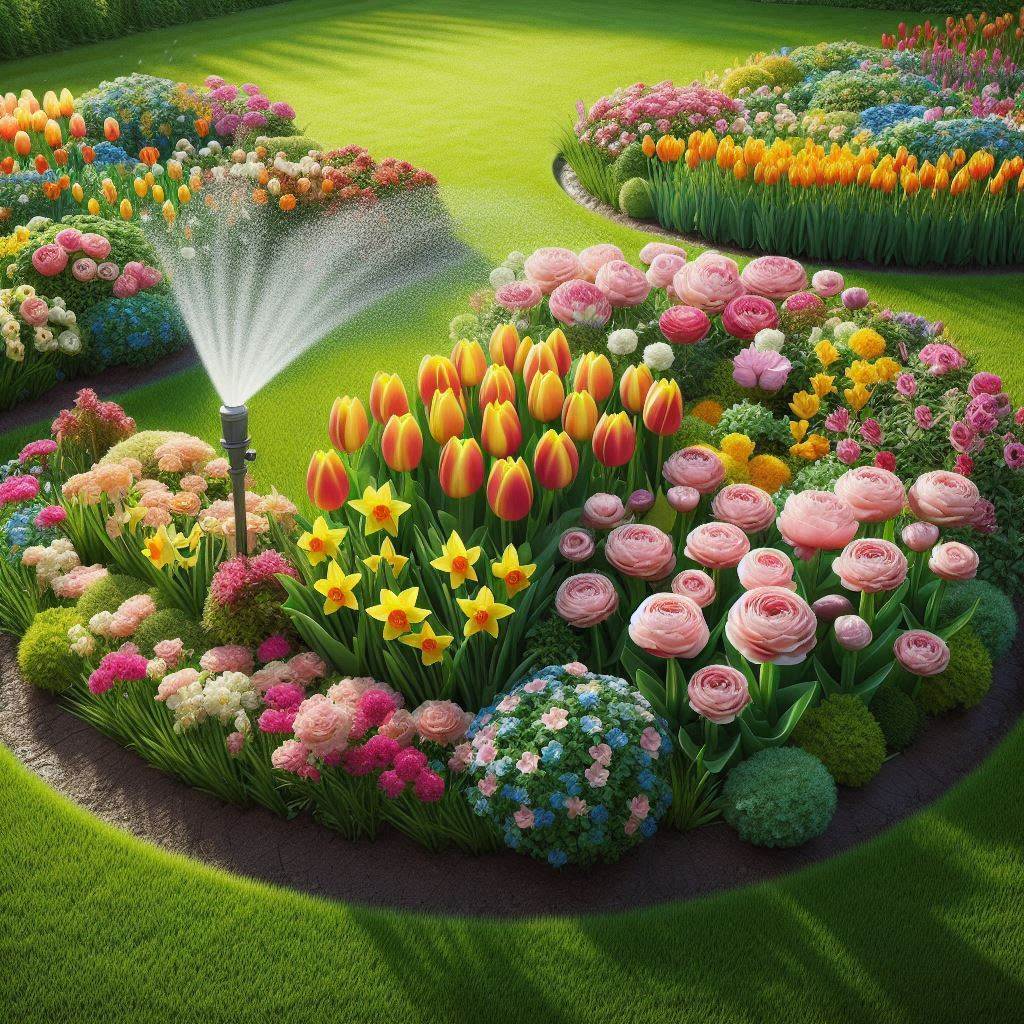
The key to preventing weeds from taking over your flowerbeds lies in consistent vigilance. Here’s why early and frequent weeding is crucial:
- Nipping it in the bud: Young weeds are easier to remove and haven’t had a chance to establish a strong root system. Removing them early prevents them from maturing, spreading seeds, and becoming a bigger problem later.
- Breaking the weed cycle: Many weeds reproduce prolifically through seeds. By removing weeds before they flower and set seed, you significantly reduce the number of weeds that will sprout in the future.
- Reduced competition: Weeds compete with your flowers for water, nutrients, and sunlight. Removing them promptly ensures your desired plants have the resources they need to thrive.
Techniques for Effective Weeding:
- Hand-pulling: This remains a great option for young weeds or small patches. Remember to remove the entire root system to prevent regrowth.
- Weeding tools: A variety of weeding tools can make the task easier and more efficient. Choose the right tool for the job:
- Hand cultivator: Ideal for loosening soil and uprooting small weeds.
- Weeding knife: Perfect for severing stubborn taproots or reaching weeds in tight spaces.
- Hula hoe: This versatile tool allows you to slice weeds just below the soil surface with minimal soil disruption.
- Weed flamers (optional): These tools use a flame to burn the top growth of weeds. While effective, use them with caution and only on weeds with deep taproots that are difficult to remove entirely. Be mindful of surrounding plants and flammable materials.
Tip #5: Mid-Summer Maintenance
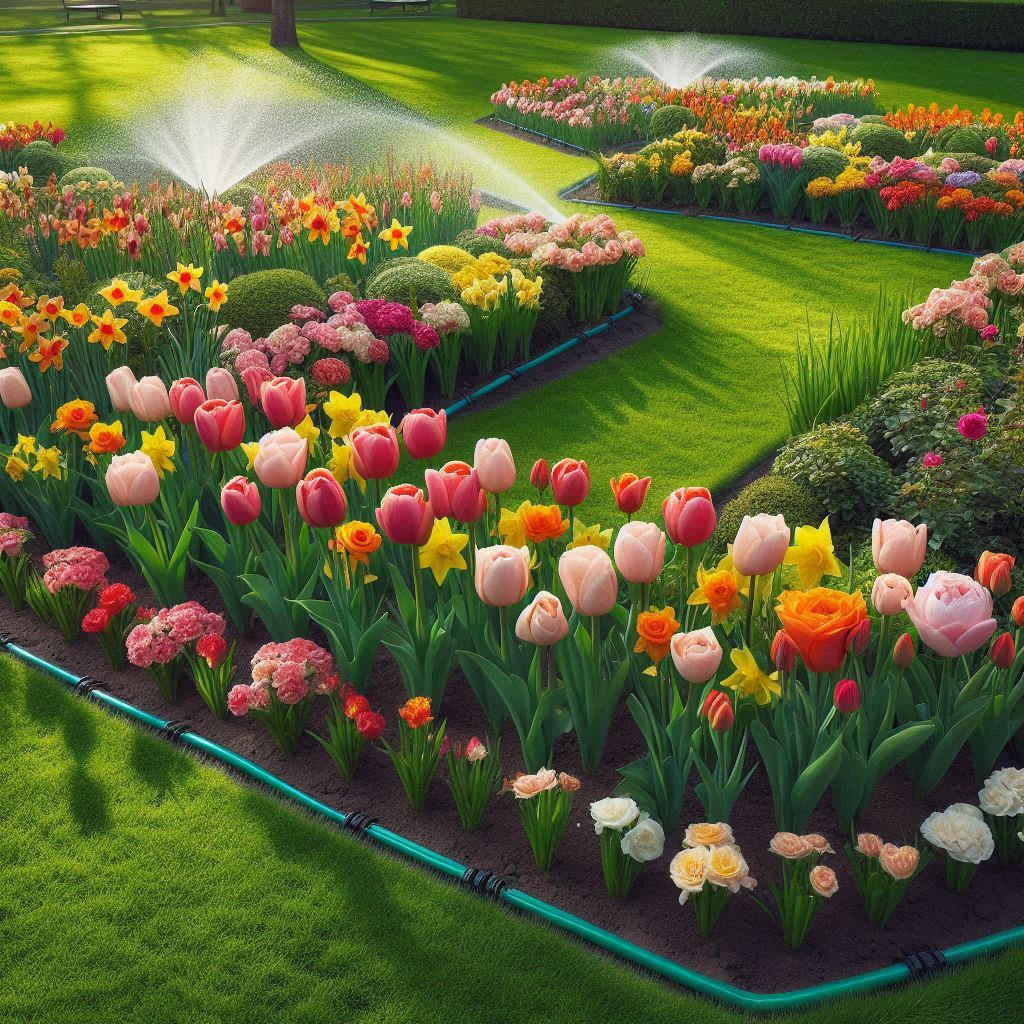
Summer is the peak season for weed growth, so staying on top of your weeding routine is vital. Here are some key mid-summer maintenance practices:
- Top-up the mulch: As the summer progresses, mulch may decompose or get displaced. Add a fresh layer of mulch (around 1 inch) to maintain a 2-3 inch depth and ensure continued weed suppression.
- Beware of disturbing existing mulch: Resist the urge to rake or turn over existing mulch. This can disrupt weed seeds that have already settled on the soil surface and bring them closer to the light they need to germinate.
- Deadheading spent flowers: Don’t let your flowers go to seed! Regularly deadheading spent flowers not only encourages continued blooming but also prevents them from setting seed, which could lead to a future weed problem.
- Watering correctly: Proper watering practices promote healthy plant growth, making your flowers more resistant to weed invasion. Water deeply and infrequently, aiming for the water to penetrate the root zone. Avoid shallow watering, which encourages weeds with shallow root systems.
Tip #6: Fall Preparations
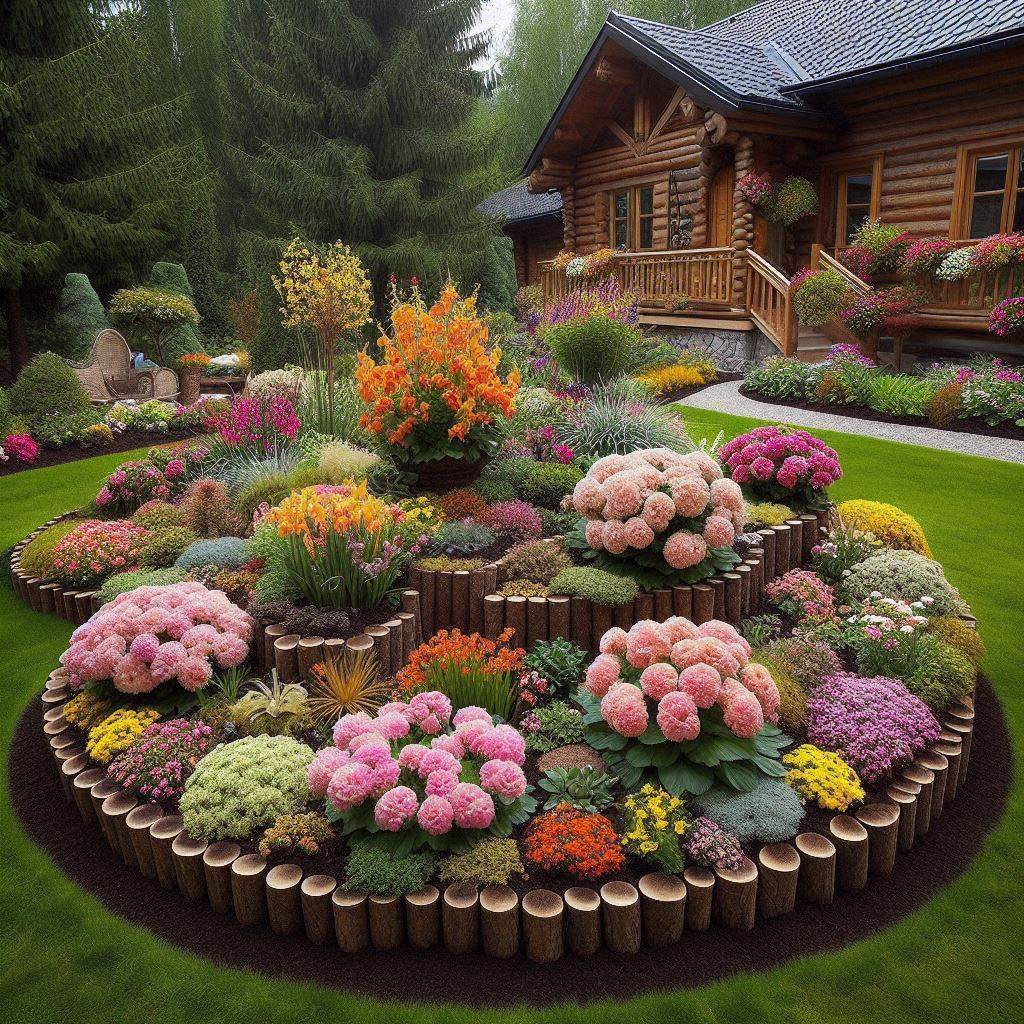
As summer winds down, don’t let your guard down when it comes to weed control. Here’s how to prepare your flowerbeds for fall and winter while minimizing weed problems next spring:
- Remove dead plant material and weeds: Clear away dead flower stalks, leaves, and any remaining weeds from your flowerbeds. This helps prevent pests and diseases from overwintering in the debris and reduces the number of weed seeds that might germinate in the spring.
- Reapply mulch: If your mulch layer has thinned significantly, consider adding a fresh layer of mulch in the fall. This provides winter protection for your plants and helps suppress weed growth throughout the cooler months. Choose a slightly heavier mulch material like shredded bark for fall and winter applications.
Tip #7: Embrace the Inevitable
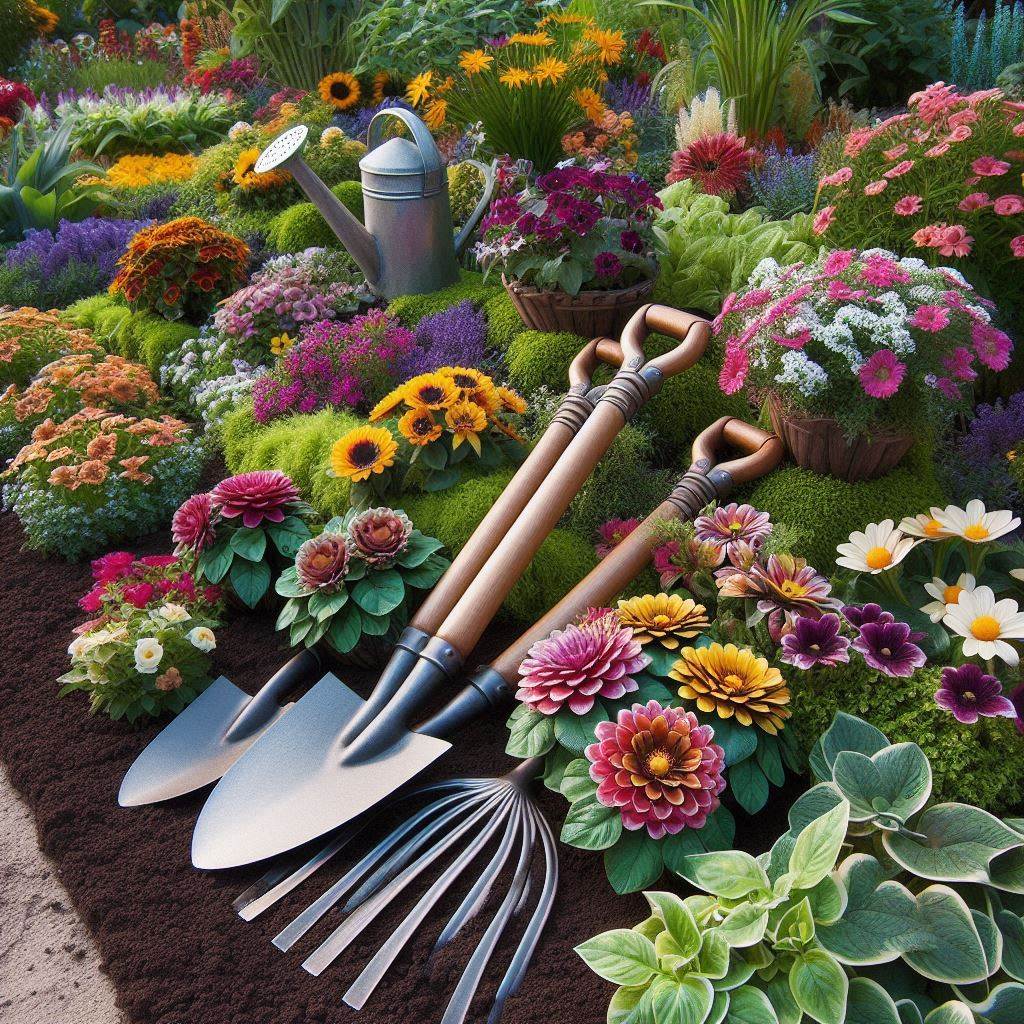
Even with the most diligent efforts, it’s unlikely your flowerbeds will ever be truly 100% weed-free. However, by following these tips, you can significantly reduce the number of weeds and the time spent weeding.
Here’s a realistic perspective:
- Spot-weeding is key: Instead of neglecting the flowerbed and letting weeds take over, aim for consistent spot-weeding throughout the summer. This manageable approach allows you to quickly remove any weeds that pop up before they become a major problem.
- Enjoy the process: Weeding can be a meditative activity, allowing you to connect with your garden and appreciate the beauty of your flowers.
Tip #8: Embrace Beneficial Mulches
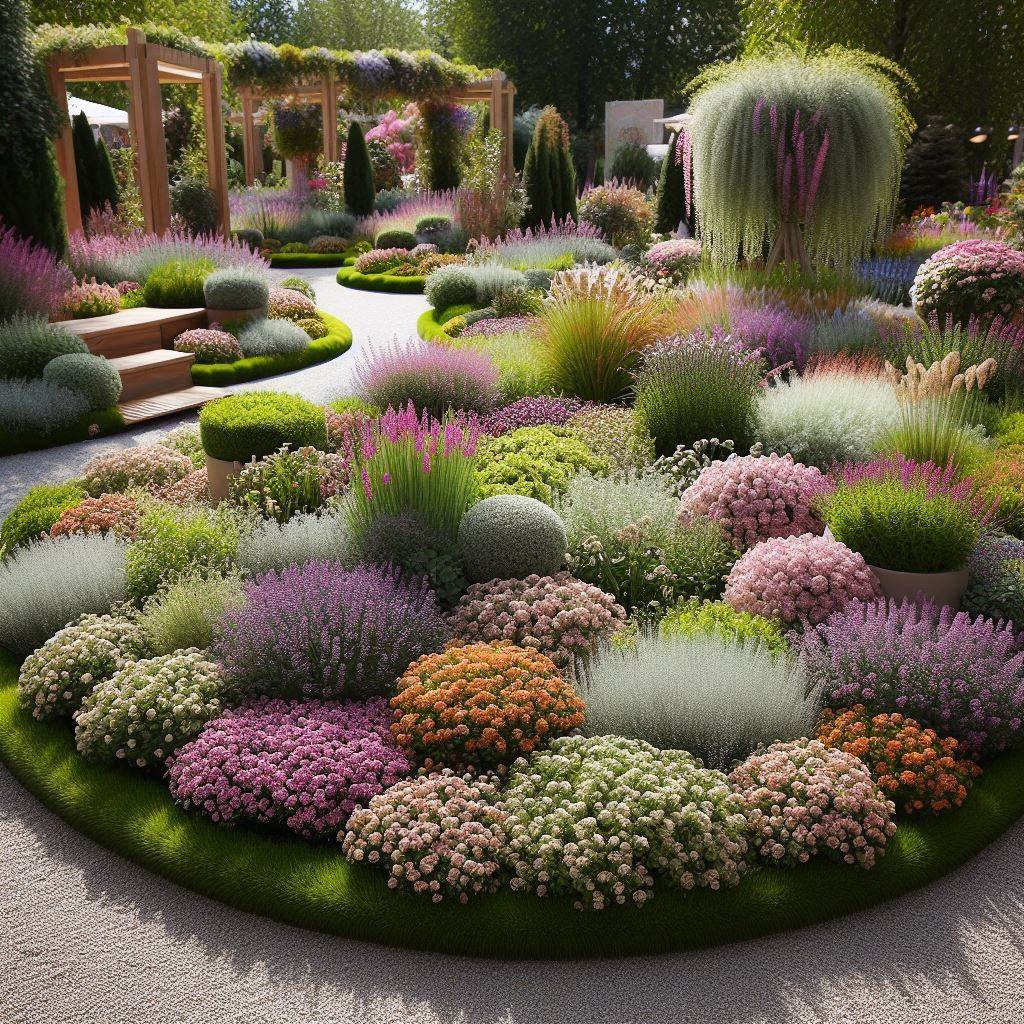
While traditional mulches like wood chips and bark are effective weed suppressors, consider exploring some additional options with added benefits:
- Living Mulches: This approach utilizes low-growing, spreading plants as a natural mulch. Groundcovers like creeping thyme, ajuga, or dichondra fill in empty spaces, suppress weeds, and add visual interest to the flowerbed.
- Newspaper Mulch: Lay down several layers of damp newspaper directly on the soil surface, topped with a thin layer of organic mulch like compost or shredded leaves. The newspaper acts as a barrier to weed seed germination while the organic mulch decomposes, adding nutrients to the soil. Note: Ensure the newspaper used is free of glossy inks or colored sections.
Tip #9: Water Wisely and Strategically
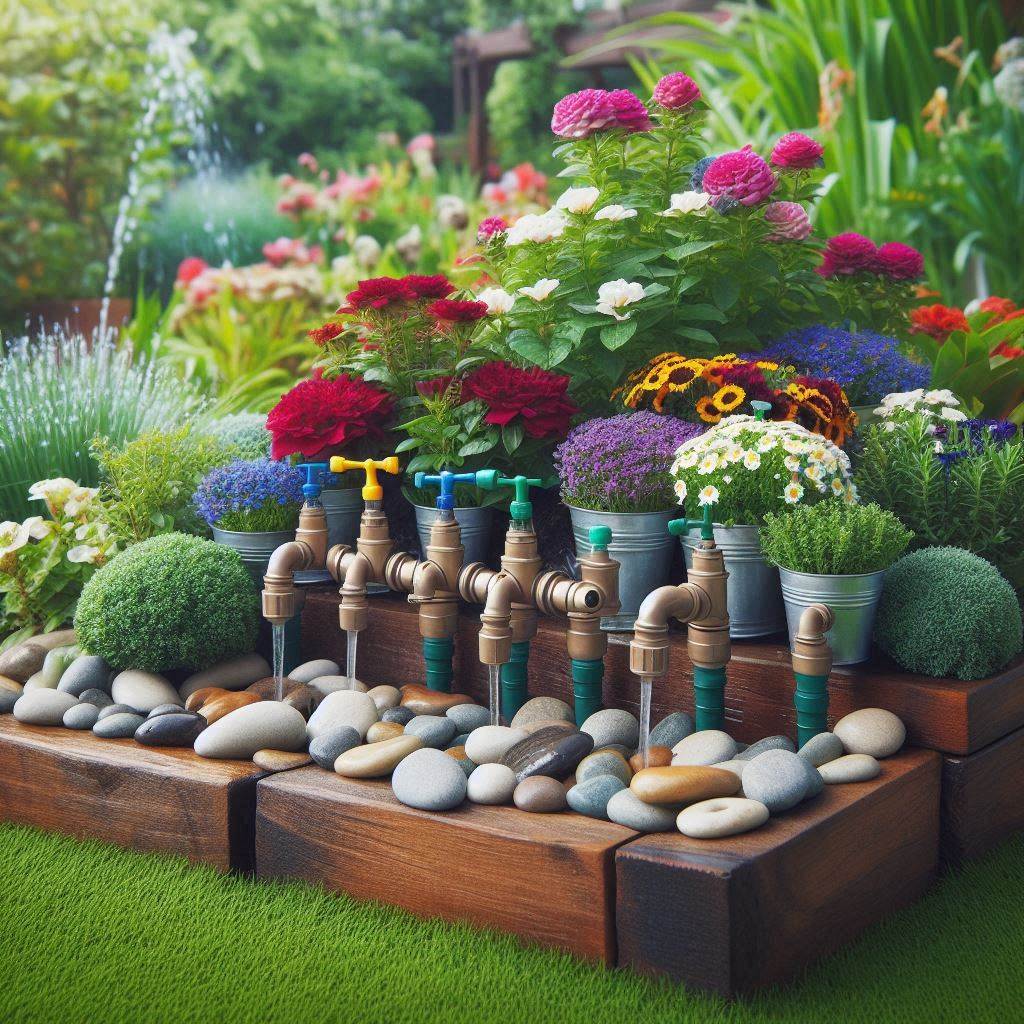
Proper watering practices go a long way in promoting healthy plants and hindering weed growth. Here’s how to water strategically for weed control:
- Deep watering: Aim to water deeply and infrequently, encouraging your plants to develop strong root systems that can access moisture stored deeper in the soil. This makes them less susceptible to drought stress and better competitors against shallow-rooted weeds.
- Avoid overhead watering: Watering directly on the foliage can encourage weed seed dispersal and promote fungal diseases. Instead, focus on watering at the base of the plants, directing the water where it’s needed most.
Tip #10: Harness the Power of Vinegar
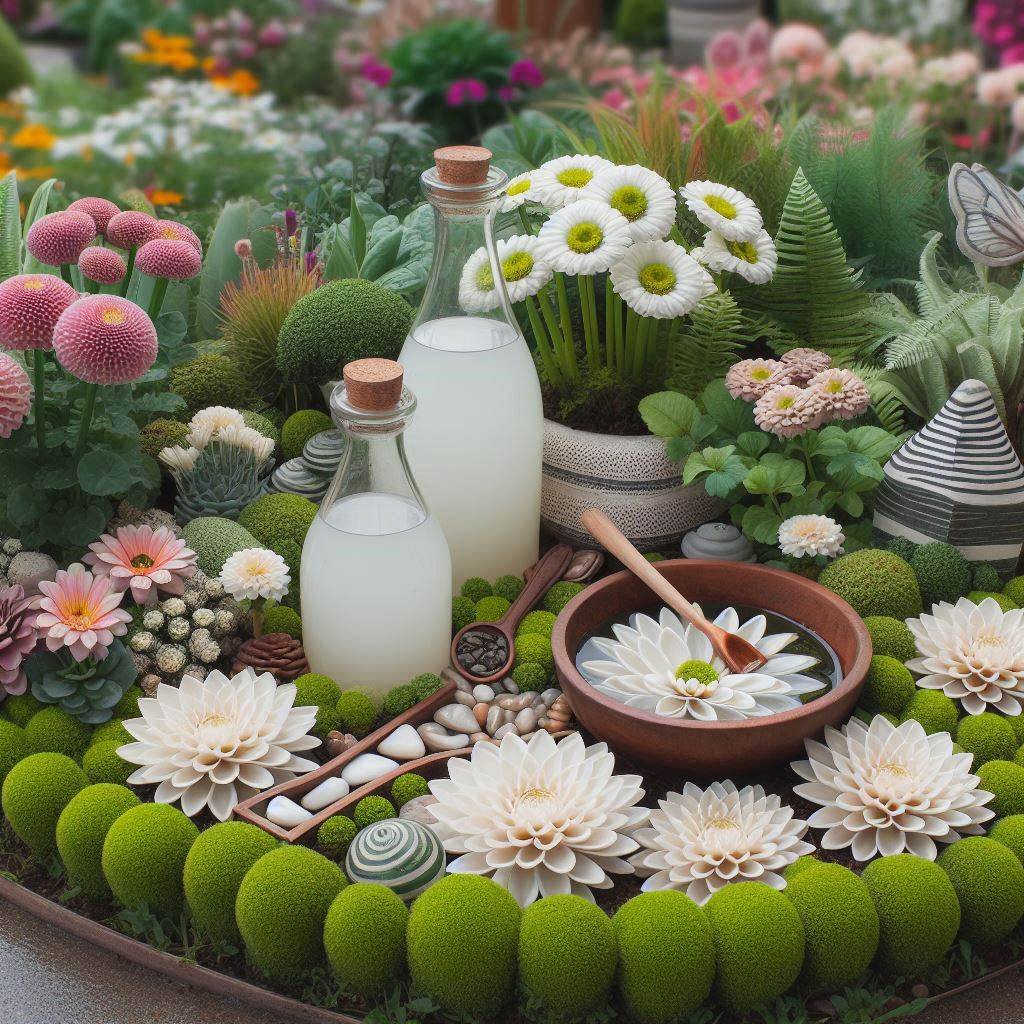
For stubborn weeds growing in cracks or gravel pathways, consider a natural weed control method – vinegar. Here’s how to use it effectively:
- White vinegar solution: Mix equal parts white vinegar and water in a spray bottle.
- Spot application: Apply the vinegar solution directly onto the leaves of the weed, taking care to avoid spraying desirable plants. The vinegar will act as a herbicide, desiccating the weed and killing it over time. Note: This method is most effective on young weeds and may require repeat applications for tougher ones.
Tip #11: Put Your Tools to Work
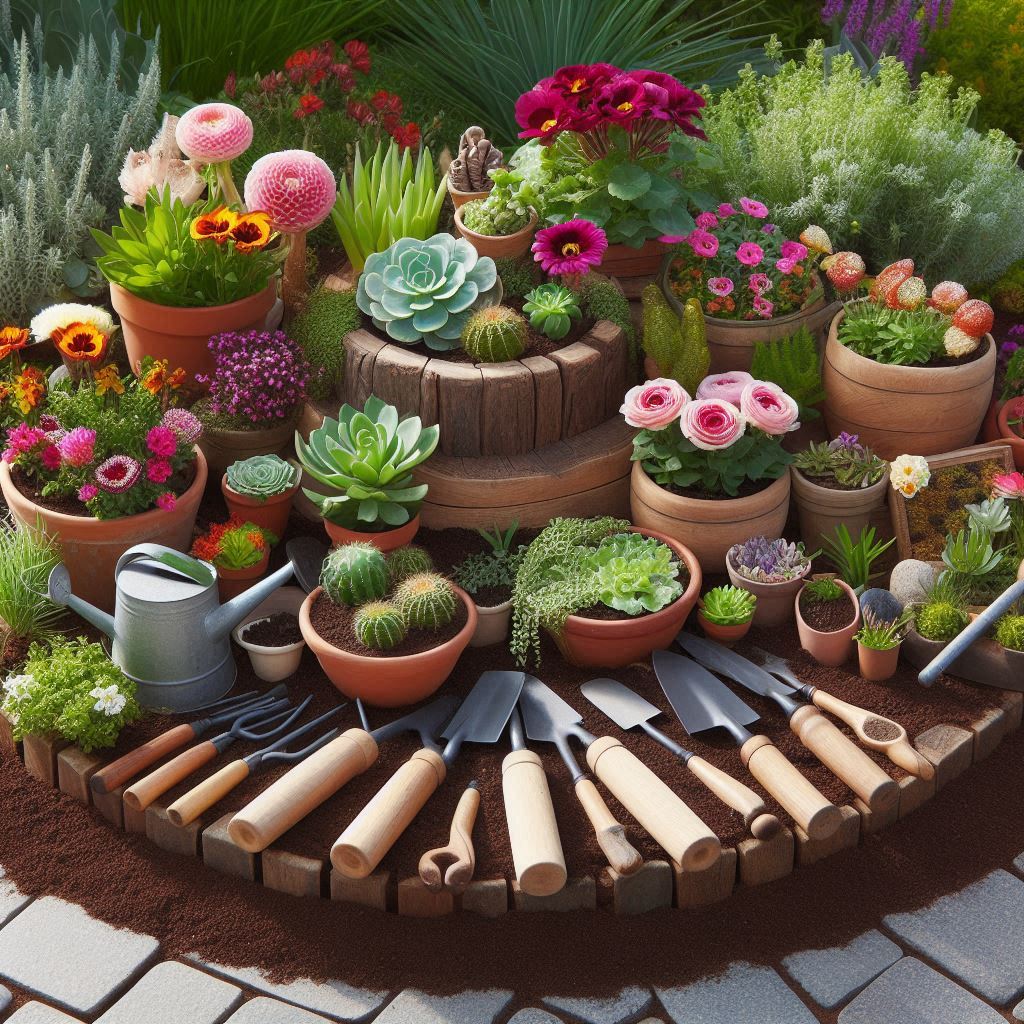
Investing in the right tools can make weeding a more efficient and enjoyable experience. Here are some handy tools to consider:
- Kneeling pad: A comfortable kneeling pad protects your knees from the hard ground, making weeding a more pleasant task.
- Weeding gloves: Protect your hands from thorns, blisters, and dirt with a good pair of gardening gloves. Look for gloves with breathable fabric and good dexterity.
- Folding weeding stool: A lightweight folding stool allows you to rest comfortably while weeding, minimizing back strain and fatigue.
Tip #12: Encourage Beneficial Insects
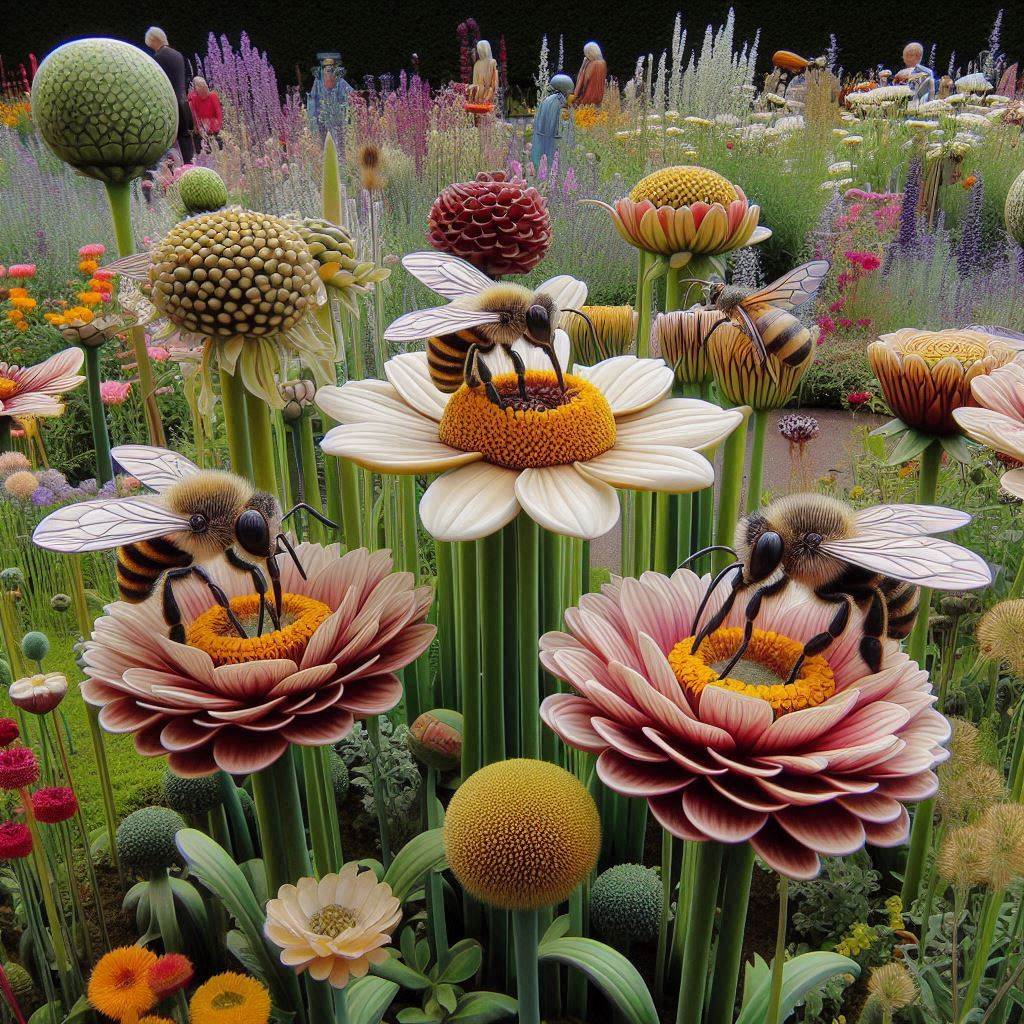
Nature has a way of balancing itself! Attract beneficial insects like ladybugs, lacewings, and minute pirate bugs to your flowerbed. These natural predators can help control weed seed-eating insects and other garden pests, reducing the need for chemical pesticides and promoting a healthy ecosystem.
- Plant insectary flowers: Grow flowering plants that attract beneficial insects like dill, fennel, yarrow, and certain types of sunflowers. These plants provide food and shelter for the beneficial insects, encouraging them to stay in your garden.
- Avoid using broad-spectrum insecticides: Broad-spectrum insecticides kill not only harmful pests but also beneficial insects that help control weeds naturally. Opt for targeted organic pesticides if necessary.
Tip #13: Celebrate Your Victories!
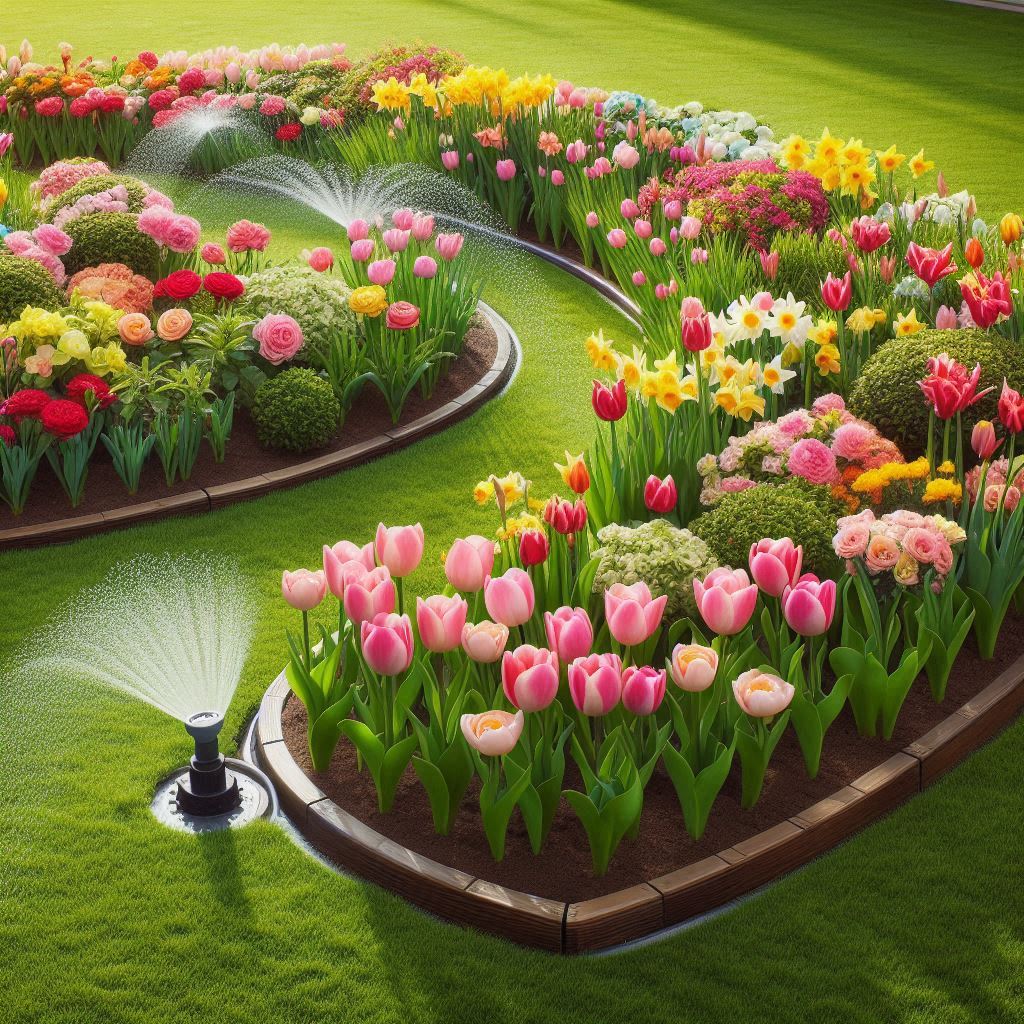
Taking care of your flowerbed requires effort and dedication. Take the time to appreciate your progress and celebrate your victories over weeds.
- Enjoy the beauty: Step back and admire the vibrant colors and textures of your weed-free flowerbed. Take pride in the hard work you’ve put in to create a beautiful and healthy garden space.
- Share your success: Inspire others by sharing photos of your flourishing flowerbed on social media or with fellow gardening enthusiasts.
Common Garden Weeds and Identification
Knowing your enemy is half the battle! Here’s a list of some common garden weeds and tips for identifying them:
- Dandelion: This ubiquitous weed is easily recognizable by its bright yellow flowers and distinctive, toothed leaves. Its deep taproot makes it a persistent foe.
- Crabgrass: This annual grassy weed spreads quickly through long, sprawling stems with feathery seed heads.
- Creeping Charlie: This low-growing perennial weed spreads through creeping stems and round, scalloped leaves.
- Nutsedge: This persistent weed resembles a sedge with thin, grass-like blades and triangular, nut-like tubers underground. It’s difficult to control due to its prolific reproduction through tubers.
- Chickweed: This fast-growing annual weed forms a low-lying mat of small, oval leaves and tiny white flowers.
- Clover: While some gardeners consider clover beneficial due to its nitrogen-fixing properties, it can be a nuisance in flowerbeds. It has distinctive trifoliate leaves and small white or purple flower heads.
Identification Tips:
- Leaves: Pay attention to the shape, size, and arrangement of leaves. Are they broad or narrow? Smooth or lobed? Do they grow in pairs or alternate on the stem?
- Flowers: The presence, color, and shape of flowers can be a valuable clue in weed identification.
- Growth habit: Observe how the weed grows. Does it form a low-growing mat, stand tall, or sprawl? Does it have a single main stem or multiple branches?
Conclusion
Always follow these 13 tips and embrace consistent weed control practices to create a vibrant and flourishing flowerbed that will be the envy of your neighborhood all summer long. Remember, a weed-free flowerbed isn’t about achieving perfection, but about creating a healthy and beautiful space for your flowers to thrive. So, grab your gardening gloves, get out there, and enjoy the satisfaction of a weed-free flowerbed!

